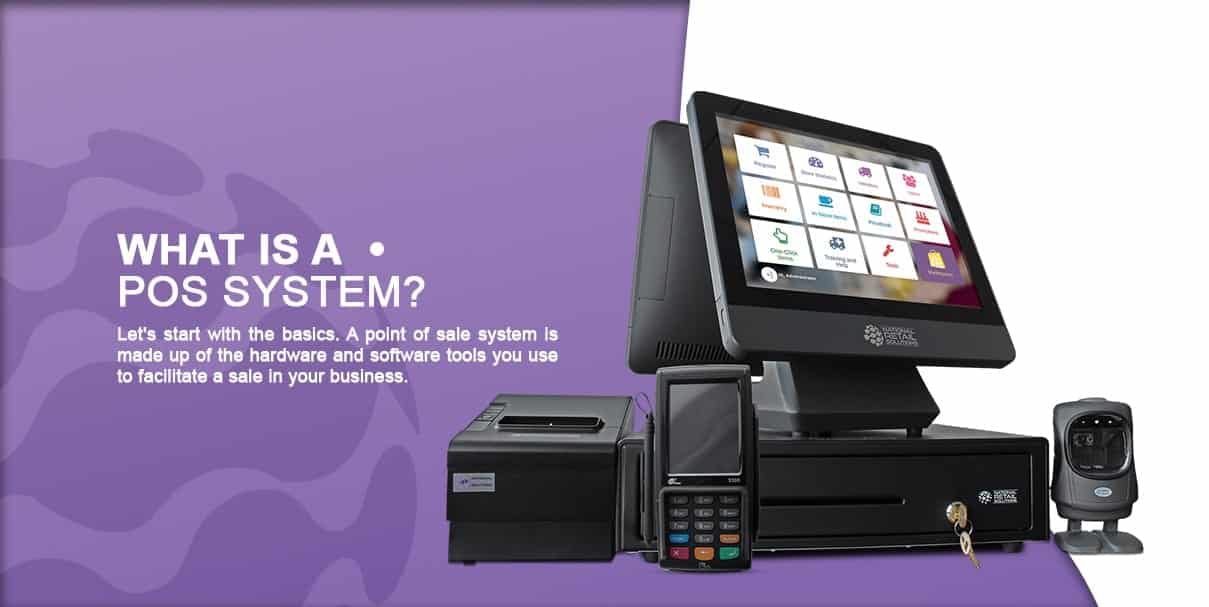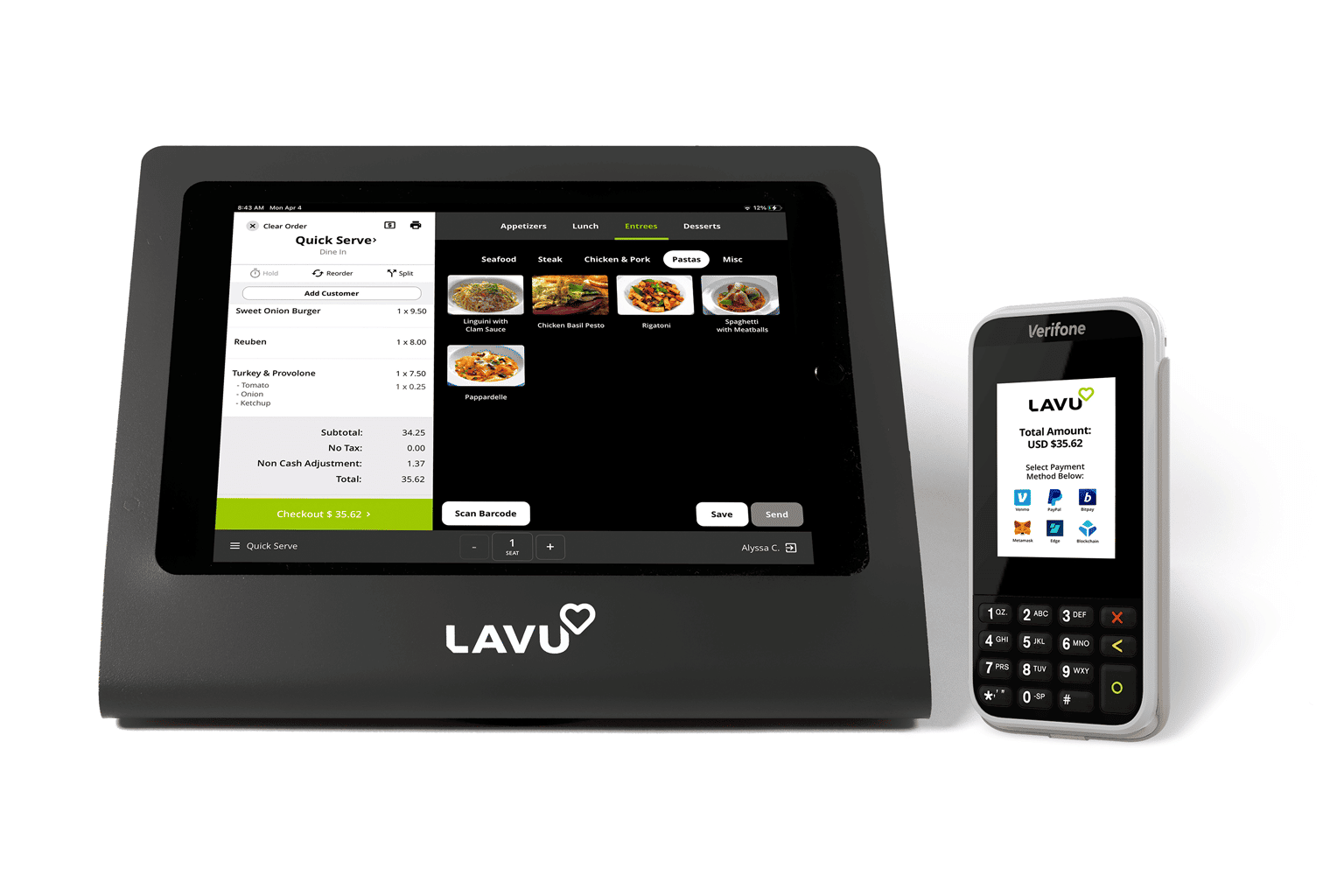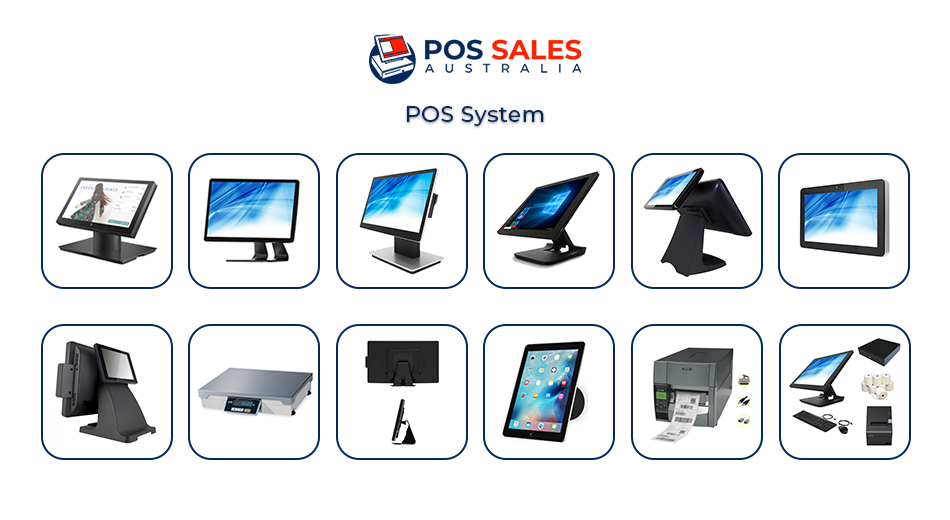How POS System Functions: A Comprehensive Overview for Entrpreneurs

Understanding the Components of a POS System

Exactly How Sales Purchases Are Processed
When a consumer determines to make a purchase, the sales deal launches a collection of methodical actions within the POS system. Initially, the cashier inputs the items being acquired, which are scanned through a barcode visitor or by hand gone into. This activity gets product details, consisting of pricing and suitable taxes, from the system's database.Next, the consumer is offered with the complete quantity due. The POS system after that processes the settlement, whether via cash money, bank card, or mobile repayment approaches (Restaurant POS Software). For digital settlements, the POS safely connects with settlement cpus to accredit and validate the transaction.Once the payment is validated, the system produces an invoice, which can be published or sent out electronically. This invoice works as evidence of purchase for the customer. Lastly, the deal information is tape-recorded in the system, ensuring accurate sales documents and economic monitoring for business
Inventory Monitoring and Monitoring

Effective supply management and tracking are important parts of a POS system, as they ensure that organizations preserve perfect stock levels and lessen inconsistencies. A durable POS system enables real-time inventory updates, mirroring sales and returns immediately. This allows entrepreneur to monitor supply levels properly, guaranteeing that prominent products are conveniently available while protecting against overstocking of less preferred products.Additionally, advanced POS systems use features such as automated supply alerts and reorder tips, simplifying the purchase procedure. Barcoding and RFID technology improve accuracy in tracking supply movement, decreasing human mistake. Extensive reporting tools give insights right into stock turn over prices, aiding services make notified decisions concerning purchasing and product offerings. Eventually, efficient inventory administration with a POS system not just improves operational effectiveness however also improves customer complete satisfaction by making certain product accessibility.
Analyzing Consumer Information and Insights
Client information evaluation serves as a powerful tool for services using a POS system (Restaurant POS Software). By taking a look at and gathering deal information, businesses can uncover useful insights regarding client behavior and choices. This evaluation allows them to determine buying fads, peak shopping times, and preferred items, therefore notifying inventory choices and advertising and marketing strategies.Additionally, services can sector their customer base, allowing for customized marketing initiatives that satisfy specific demographics or buying practices. Recognizing client loyalty patterns additionally aids in creating targeted promotions and rewards programs.The data obtained from a POS system can likewise reveal insights into customer feedback, making it possible for businesses to make educated choices pertaining to item offerings and solution improvements. Inevitably, leveraging customer information successfully can boost the general purchasing experience, foster client satisfaction, and drive profits development
Benefits of Implementing a POS System

Often Asked Inquiries
What Types of Services Can Profit From a POS System?
Various organizations take advantage of a POS system, consisting of stores, restaurants, hair salons, and ecommerce platforms. These systems improve purchases, inventory monitoring, and consumer data, enhancing operational performance and improving client experience throughout diverse markets.
Just how Much Does a POS System Commonly Cost?
The price of a POS system commonly ranges from a few hundred to numerous thousand bucks, relying on features, equipment, and software. Companies should think about ongoing fees for upkeep, purchase, and assistance processing when budgeting.
Can I Incorporate a POS System With Existing Software?
Integrating a POS system with existing software is usually feasible. Many systems use APIs or integrated compatibility features, allowing businesses to streamline operations and boost functionality by connecting various software application applications successfully.
What Training Is Needed for Staff to Use a POS System?
Educating for personnel to use a POS system typically includes understanding software program capabilities, processing deals, managing supply, and handling client interactions. Practical demos and hands-on practice enhance effectiveness and confidence in operation the system successfully.
What Happens if the Web Decreases While Using a POS System?
If the web drops during POS system usage, transactions might be disrupted. Lots of systems offer offline capabilities, permitting standard operations to continue, however full performance, including real-time stock updates, will certainly be restricted. A Point of Sale (POS) system is made up of several key components that work with each other to manage and promote deals business procedures. Effective view it now supply administration and tracking are necessary parts of a POS system, as they guarantee Discover More Here that businesses preserve ideal supply levels and decrease disparities. Consumer data evaluation offers as a powerful tool for organizations using a POS system. Understanding client loyalty patterns also aids in developing targeted benefits and promos programs.The information gleaned from a POS system can also disclose understandings into consumer feedback, allowing organizations to make informed choices relating to item offerings and solution renovations. Carrying out a POS system offers numerous advantages that can significantly enhance company operations.